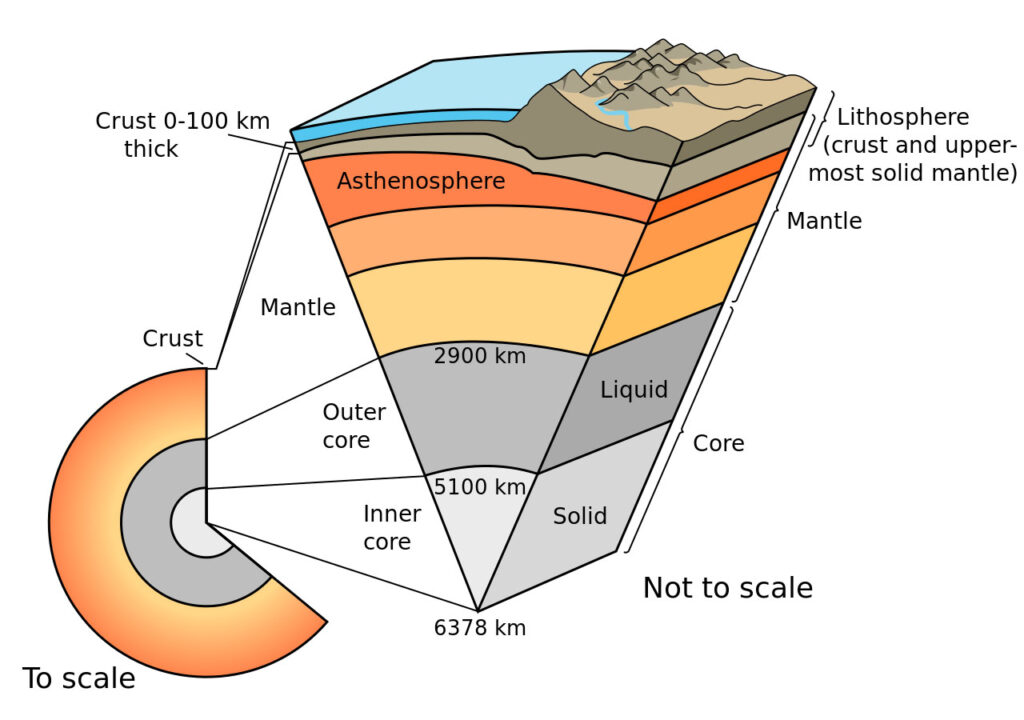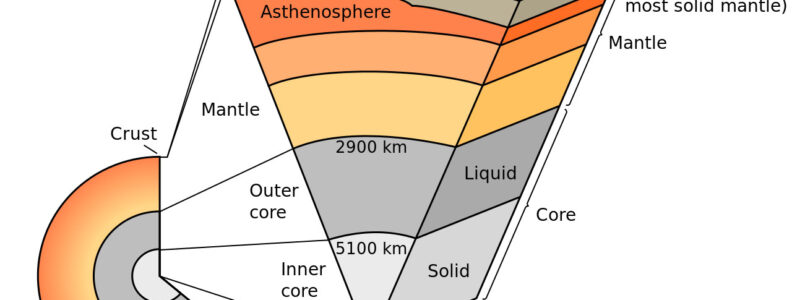Lithosphere: Earth’s Solid Foundation and Dynamic Stage – Beneath the vibrant landscapes we traverse and the vast oceans that stretch before us lies the lithosphere, a foundational layer that forms the solid ground of our planet.
This rigid and intricate region serves as both the stage upon which the drama of geological processes unfolds and the platform upon which life finds its foothold. daftar premium303
This article embarks on a journey to unveil the essence of the lithosphere, its simple explanation, its nomenclature, and the layers that define its structure.

What is the Lithosphere of the Earth?
The lithosphere is the outermost layer of the Earth, encompassing the planet’s crust and a portion of the upper mantle. It represents the solid and rigid shell upon which continents, oceans, and various geological features rest. The lithosphere is characterized by its dynamic interactions with other Earth layers and its role in shaping the planet’s surface.
Lithosphere in Simple Words
In simple terms, the lithosphere can be described as the “Earth’s outer shell.” It is the solid, rocky layer that forms the continents, ocean floors, and other landforms we observe. This layer is like the Earth’s sturdy outer coat, supporting life and providing a platform for geological processes.
Why is it Called Lithosphere?
The term “lithosphere” finds its roots in the Greek words “lithos,” meaning “rock,” and “sphaira,” meaning “sphere.” When combined, these words encapsulate the essence of this Earth layer as a solid and spherical structure composed of rocks and minerals.
The nomenclature reflects the geological nature of the lithosphere and its significance in shaping Earth’s physical landscape.
The Three Layers of the Lithosphere
The lithosphere consists of three main layers that define its structure:
- Continental Crust: The lithosphere’s topmost layer, which is where the continents and shallow ocean basins known as continental shelves are formed, are located. Compared to the oceanic crust, the continental crust is both thicker and less dense.
- Oceanic Crust: Beneath the oceans lies the oceanic crust, which is thinner and denser than the continental crust. It is primarily composed of basaltic rock and is in constant interaction with the underlying mantle.
- Upper Mantle: The upper mantle, although not as rigid as the crust, is still part of the lithosphere. It lies beneath both the continental and oceanic crusts and plays a significant role in the movement of tectonic plates.
Conclusion: Earth’s Stalwart Stage
The lithosphere, with its multi-layered composition and geological significance, forms the cornerstone of Earth’s physical existence. It provides the solid ground beneath our feet, the rugged terrain of mountains, valleys, and plains, and the stage upon which the forces of geology shape our world.
As we continue to explore the mysteries of our planet, the lithosphere stands as a testament to the dynamic interplay between the solid foundation and the living ecosystems that thrive upon it.

